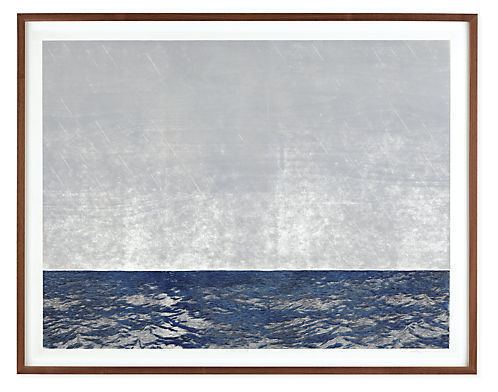Name Ayomi Yoshida | ||
 | ||
Ayomi yoshida chizuko yoshida and her peers women printmakers in japan
Ayomi Yoshida (吉田 亜世美, Yoshida Ayomi, born 1958) is the youngest artist in the Japanese Yoshida family of artists. She is best known at the present time for her room-sized installations of woodchips that have been created for galleries and museums in Japan and the United States. Prior to this, between 1979 and 1997, woodblock prints were her main medium.
Contents
- Ayomi yoshida chizuko yoshida and her peers women printmakers in japan
- Ayomi yoshida on yedoensis
- Importance
- Development
- Work
- References

Ayomi yoshida on yedoensis
Importance
She is especially important because her basic approach to the art of woodblock printing has radically broadened an already varied Yoshida artistic tradition. Ayomi's parents, Hodaka Yoshida (1926–1995) and Chizuko Yoshida (born 1924), had each expanded that tradition in different ways.
Ayomi is also the third in a succession of three generations of women artists in the family, her grandmother Fujio Yoshida (1887–1987) and her mother Chizuko preceding her. All three in fact lived together for 20 years in Hodaka’s home in a Tokyo suburb. A succession of women artists like this is a rare phenomenon in Japanese art history.
Development
Neither of Ayomi's parents prompted her to become an artist. But the process of making prints and the results were a part of her home-life and must have stimulated her own sensitivity. She did not begin to create works until after her study of art at Wakō University in Japan. Her first efforts were with silkscreen at Mendocino Art Center in California in 1979. Her first award came for a woodblock print in the Sunshine Print Grand Prix exhibit in 1980. Her first one-person show was in 1981, just one year after her grandmother's large solo retrospective in Tokyo. (Fujio was 93 years old, Ayomi was 23.) She is a member of the Japan Print Association and her work was featured on the cover of their 1999 exhibition catalogue. She has exhibited also in the College Women’s Association of Japan, the British Museum, the Minneapolis Institute of Arts, and in other venues including international print biennials.
Work
A basic idiom in Ayomi’s earliest woodblock prints had been the repetition of hand-carved ovals, all the same size, each shaped by her scooped chisel with one cut into the surface of the plywood, hundreds of them in straight lines covering the entire print area. In printing, colors were applied to moistened paper so that they mixed to produce additional colors. Sophisticated repetition and color effects characterize each print. Ayomi also produced prints with other forms and themes.
That process, however, became the basis for creating on-site room installations. These were in effect deconstructions of traditional woodblock art. Ayomi started with hundreds of blocks of plywood, each about 20 inches square, each painted red. Then she carved line after line of larger ovals from each, so that each was a red block with natural wood concave ovals. Each red oval chip was saved. The blocks were used to cover the surfaces of two walls, and then the chips were pasted onto the other two walls which had been painted white, resulting in a polka dot effect. The effect for the viewer was that of walking into a total environment of complementary repetition and vivid sensory stimulation. It suggested the tempo of contemporary popular culture mediated through a restrained Japanese aesthetic. The first installation was in Yōseidō Gallery, Tokyo, with other galleries soon inviting her also. In 2002 the Minneapolis Institution of Arts became the site of Ayomi’s largest installation. The Target Corporation Headquarters in Minneapolis is the site of the only permanent installation.
